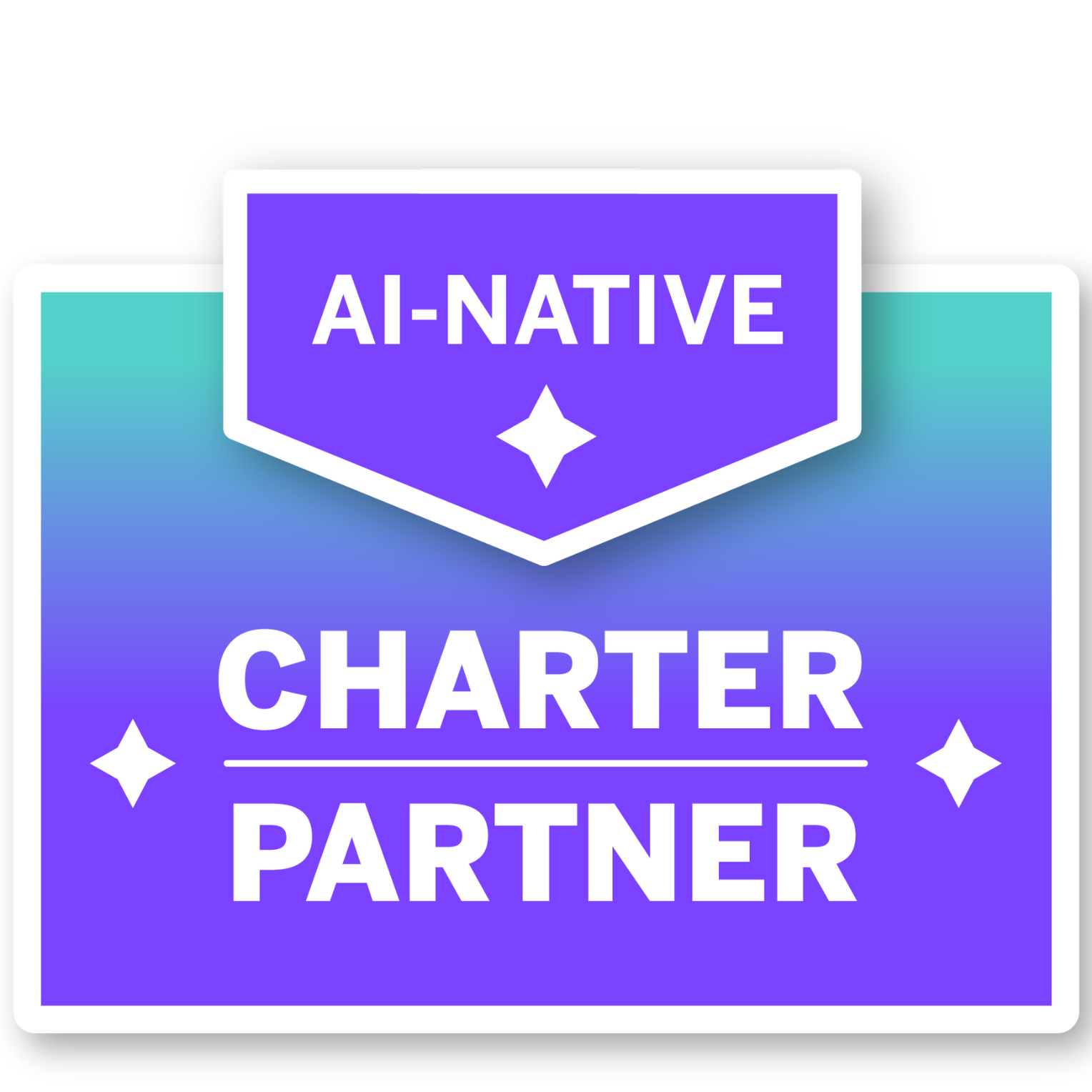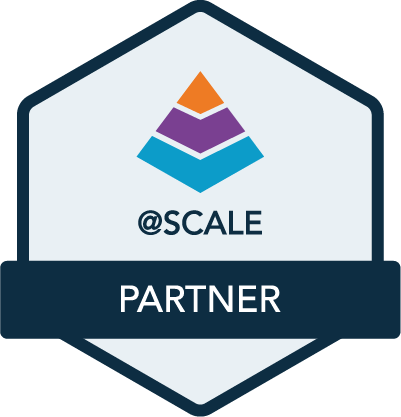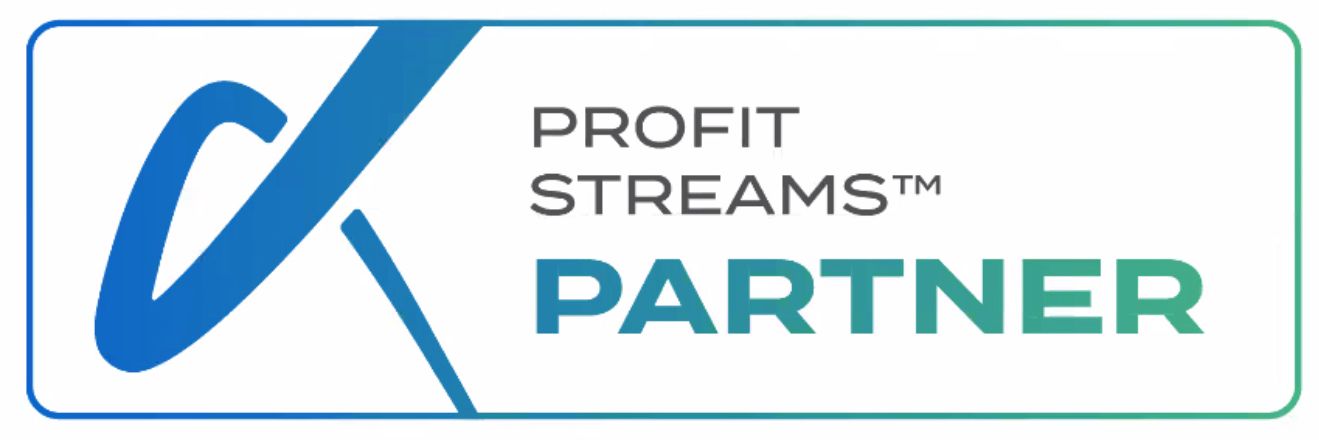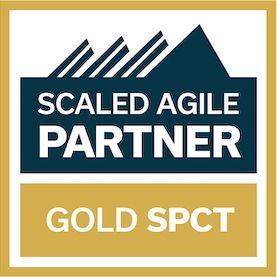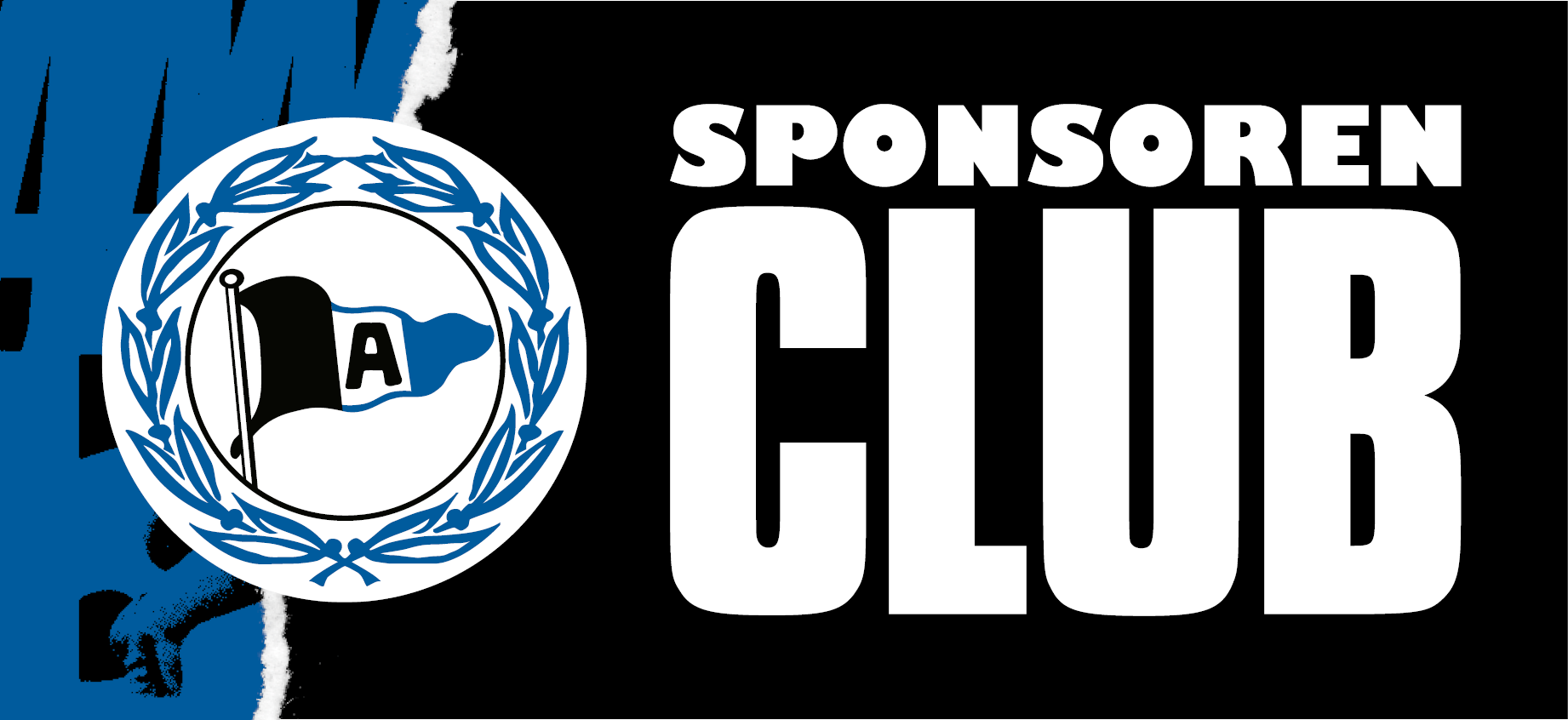
Ian Spence
Scagilize Network Partner (Trainer & Consultant), Advisor & SAFe Fellow
The independent thinker and SAFe Fellow has co-authored a number of popular books. For Scagilize, he regularly writes down his thoughts and insights all around the world of SAFe
Ian Spence on:
A Jargon-free Comparison of Traditional and Lean Portfolio Management Practices
At one of my larger customers, I was asked to do a 10-minute summary of Lean Portfolio Management to a group of senior managers, including leaders from a very traditional management background.
Unfortunately, all the materials I could find comparing the two approaches were either too disparaging about the traditional approach or too full of buzzwords to be immediately accessible to the audience. None of them seemed to describe the differences in a neutral way that encouraged people to make up their own mind and/or explained the benefit of the change. So, I needed to build something new.
At the heart of the presentation, I ended up with two slides that I was quite proud of and that seemed to work really well. Hence, my desire to share them with you.
Although 10 minutes is short for a presentation, it’s very long for a blog, so we’ll break this blog article up into two parts.
- In this blog part 1 we’ll look at the first 3 of the 6 comparisons.
- Blog part 2 contains the further 3 of the 6 comparisons.
--
Note: We will send you the slides for your own use at the end of our LeanAgileLunch webinar.
Jargon-Free LPM
August 29; 12:00-13:00 CEST (remote, English)
So it will be well worth registering for the webinar on
our website
here;
or register on
LinkedIn here
Invest in people and products not projects.

Traditionally, we have had projects as our investment vehicle. Once a project has been approved, we appoint a Project Manager and hand everything over to them. We give them a big bag of money and send them off to recruit the people they need to do the work (or at least the next phase) creating a new temporary team that will hand everything over to other teams when the project is finished.
This is true whether the work involves creating a new product or evolving an existing one. This is true even if the money has already been committed to funding people we already employ. This is true whether or not the Project Manager believes in or is passionate about the work at hand. This is true whether or not the Project Manager will actually be able to spend the money.
With Lean Portfolio Management, we pivot way from investing in projects and start investing in the people we have and the products they produce. We provide the funding and the challenge, and then let them self-organize. This reduces the number of handovers and avoids project start-up and many other delays inherent in the traditional approach. It means that we can look at recruitment and personal development as a long-term strategy and build the teams we need for long-term rather than short-term success.
This also allows the people involved to have long-term ownership of the products that they produce and long-term relationships with their customers. The teams that conceive a product build it, test it, deploy it, support it, and evolve it for its entire life. This continuity improves the alignment between the business and the teams providing the products that they rely on, improves quality, and helps us optimize the production system as a whole.
So, we allocate the money to the people and the products that will deliver the value that will make our portfolio profitable (the combination of which is often called a Value Stream) rather than to the specific pieces of work that we intend to do (the projects).
This is a major trend throughout the IT industry, where more and more organizations are moving away from projects and adopting a more product-oriented approach.
We do this to deliver the maximum value to our customers in the shortest sustainable lead time.
Don’t over prepare and try to fix everything up front.

Traditionally, we have done a lot of work to fix our plans; fix our delivery schedule; detail our business case; detail our specifications; and get all of this signed off before work begins. We do this in the belief that it reduces risks and improves our chances of success, but the reality is that all it really does is cause huge delays in moving from an idea to having something in the hands of our customers.
In Lean Portfolio Management, our spending plans and our deliveries will be continuously adjusted to increase customer value and improve business outcomes.
We will move fast and light. We will do our analysis more quickly; we will have short two-page lean business cases supported by the deployment of experimental and trial versions of our products (generally referred to as Minimum Viable Products, or MVPs) that generate customer feedback to challenge and prove our underlying assertions.
We will deliver more frequently and, by continuously delivering value and getting feedback from our customers, we will base our decisions on what's really going on and not what we think might be going to happen. We will achieve this by adopting agile, iterative, and incremental development, deployment, operational and support practices.
All of which will allow us to move faster than the market, keep pace with our customers and beat our competition.
Let the results, not the plans, drive the work.

As we are now investing in products and people, and working experimentally with frequent deployments and releases, the traditional project phase gates that drive our workflows and define our intermediate success are no longer applicable.
We will focus on customer value and business outcomes to define our workflows and our success, moving away from a predictive sign-off based culture. We will still have the milestones we need to govern our investments, but these will be based on business achievements rather than document production.
This will give us more relevant products and lead to happier customers. By adjusting what we deliver based on customer feedback and customer outcomes, rather than on documents written many, many months, if not years ago, we will get better results.
Wrap Up
Hopefully, you can already see many of the differences between the traditional and lean approaches to portfolio management, as well as many of the benefits of adopting a leaner approach.
In blog part 2 we wrap up our jargon-free comparison by looking at why you should:
- Stop being afraid of failure
- Use transparency to enable faster decision-making
- Let people focus and own their products
If you’re enjoying this blog series, don’t forget to connect and/or follow me on LinkedIn and/or comment on and discuss this blog post with me on LinkedIn




